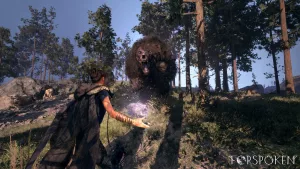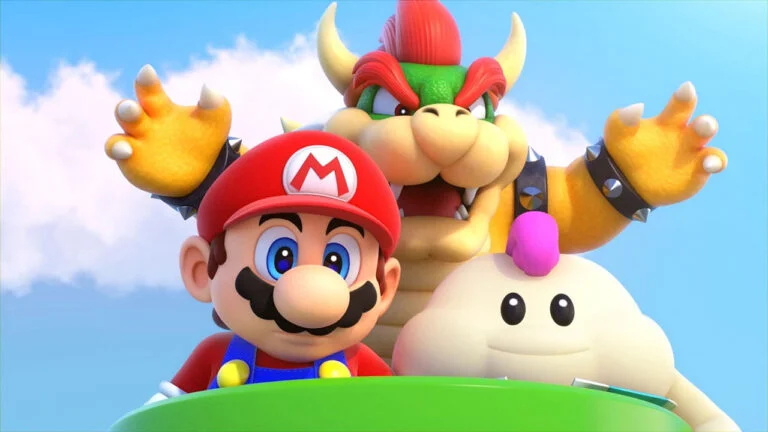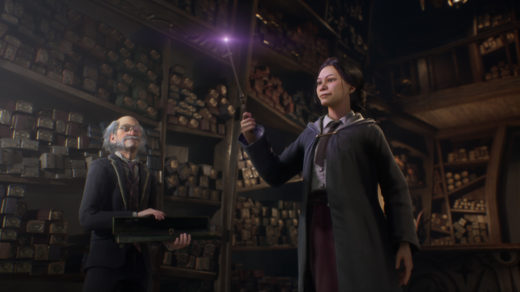Forspoken Review: The New Square Enix RPG Boasts Energetic Combat, But More Generic Everything Else
Forspoken is the latest action RPG from Square Enix, where players take on the role of Frey Holland, played by Ella Balinska, an orphan who finds herself transported to the fantastical world of Athia. However, despite its potential, Forspoken falls short in several areas, including its generic and bland storyline, poor writing, and stilted conversations.
The writing in Forspoken fails to establish the relationships between its characters, including the crucial bond between Frey and her talking armband Cuff. The banter between the two is often unpleasant, and their relationship never improves throughout the 15-hour campaign. On top of this, the conversations and cutscenes in the game have a low-budget feel, with long pauses and sometimes loud background music that can make it difficult to understand what is being said.
However, Forspoken does redeem itself with its energetic combat and flashy parkour movement system, which provide an enjoyable experience for players. The game is split into two parts: visiting Cipal and speaking with its citizens and exploring the open world of Athia. During the open-world exploration, players use Frey’s magic parkour skills to navigate the terrain, engage in combat with enemies, and complete side quests.
In combat, Frey gains four styles of elemental magic, each with its own set of weapons and alternate fire modes. The combat is filled with particle effects and can be quite entertaining, despite the limited enemy variety. The elemental resistances and unique quirks of the enemies push players to swap weapons and strategies frequently, making the combat engaging and dynamic.
Forspoken struggles a lot in creating a visually appealing world. The game’s four regions lack interesting landmarks, with artificially placed mountain ranges separating them, and the same piles of rocks and ruins can be found throughout the game. Each region has a slight twist in its layout, but they all blend due to the same color filter applied to each. Despite playing for hours after the credits rolled, the player finds few secrets or unique items, except an isolated trader selling a few interesting items. The lack of urgency in the game’s progression system means it does not become a grind, but the crafting system is not the most exciting, offering simple numerical boosts to the player’s equipment. The three types of equipment in the game, cloaks, necklaces, and nail polish, offer basic increases to the player’s health, defense, and magic, but the perks provided are not very unique.
In conclusion, Forspoken is an average RPG that fails to stand out in a crowded genre and the sort of game you’ve probably seen before – from its stereotypical fish-out-of-water fantasy story to its giant open-world map full of optional repetitive tasks. Its combat is flashy and fun enough to entertain across its comparatively short RPG campaign, with fights that do a good job of pushing you to shake up your use of elemental powers even when the overall variety of enemies isn’t particularly impressive. Its parkour system is also satisfying enough, despite the scenery you are running through being about as picturesque as a bowl of rocks with an Instagram filter slapped on. There’s a kind of person that might be enough, happy to spend hours and hours uncovering every inch of Forspoken’s needlessly large map after the main story, but that doesn’t mean I was able to find much reason to do so once the credits had rolled.
RATING: 3.0 out of 5.0










 OpenCritic
OpenCritic